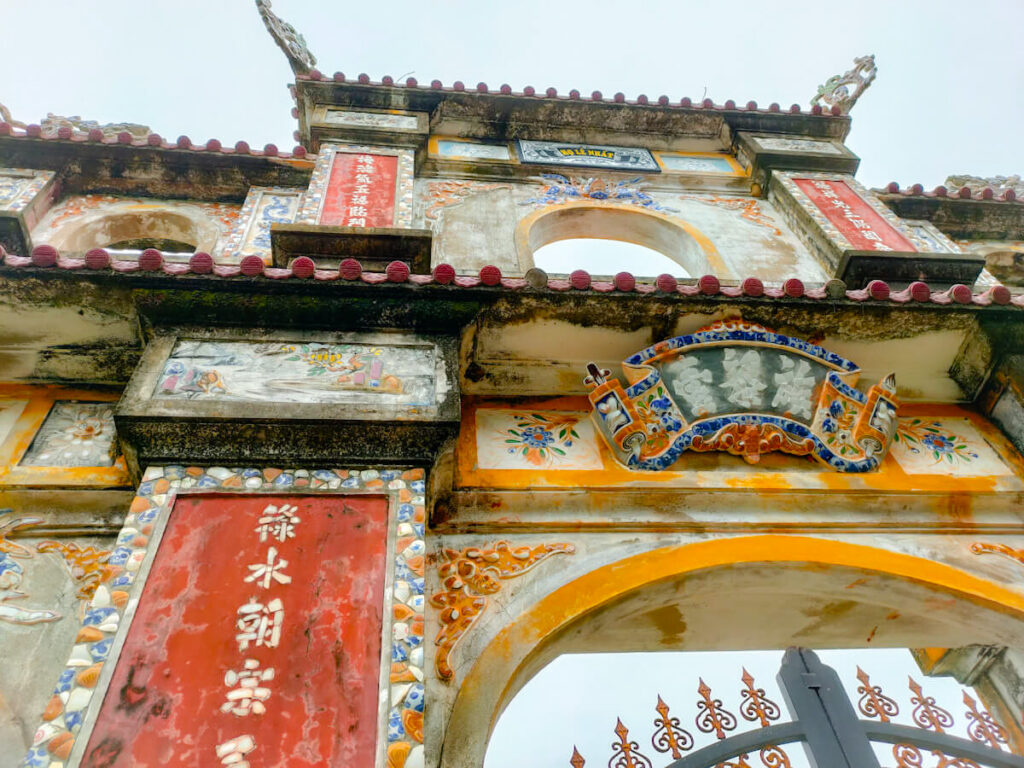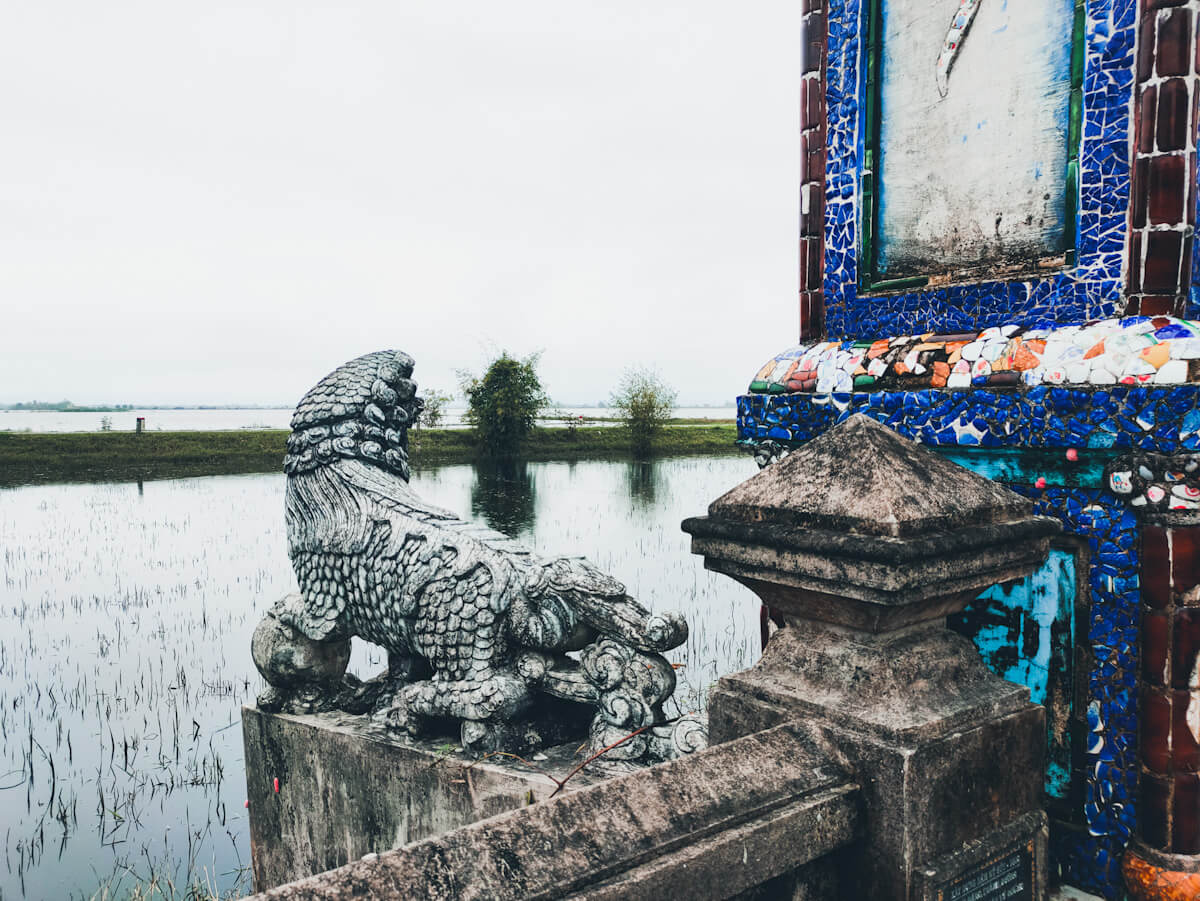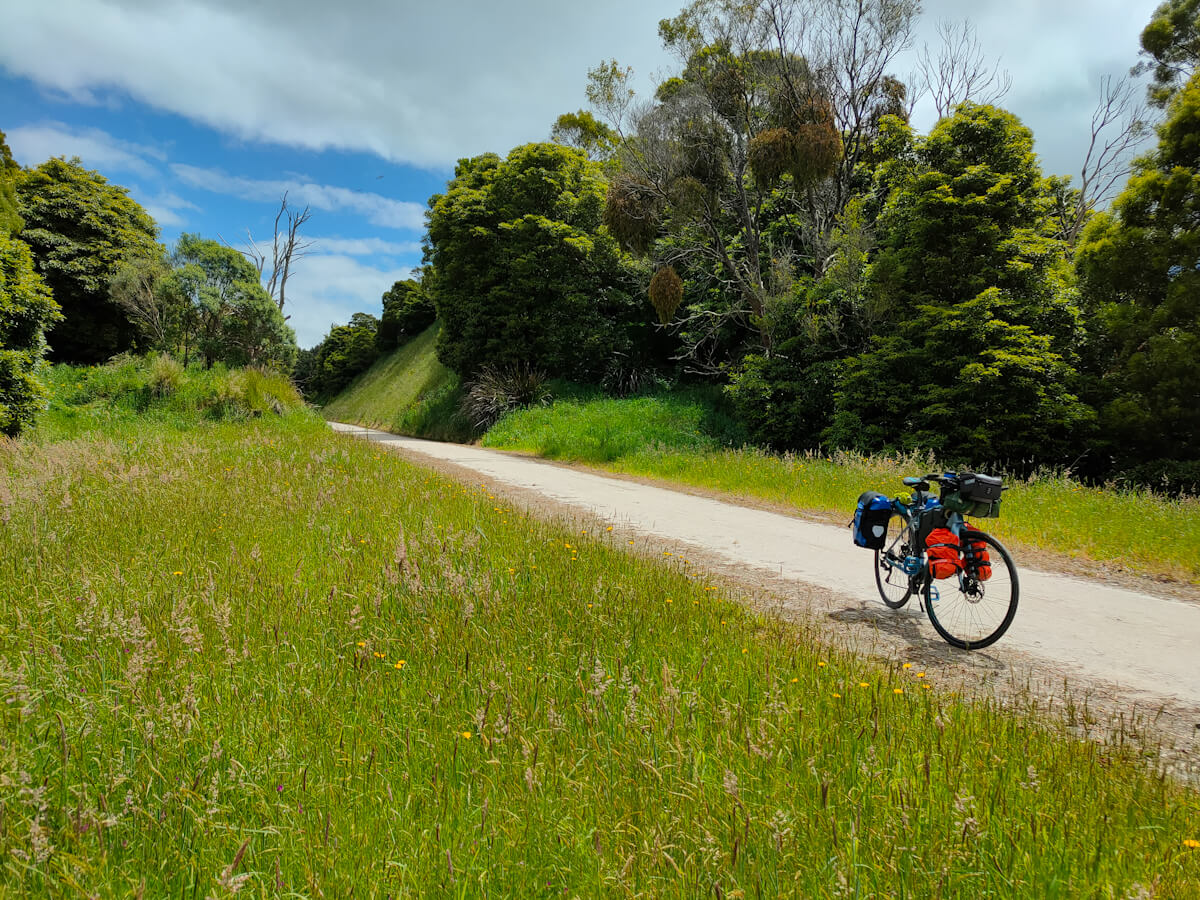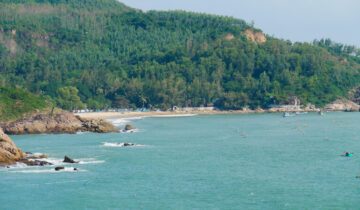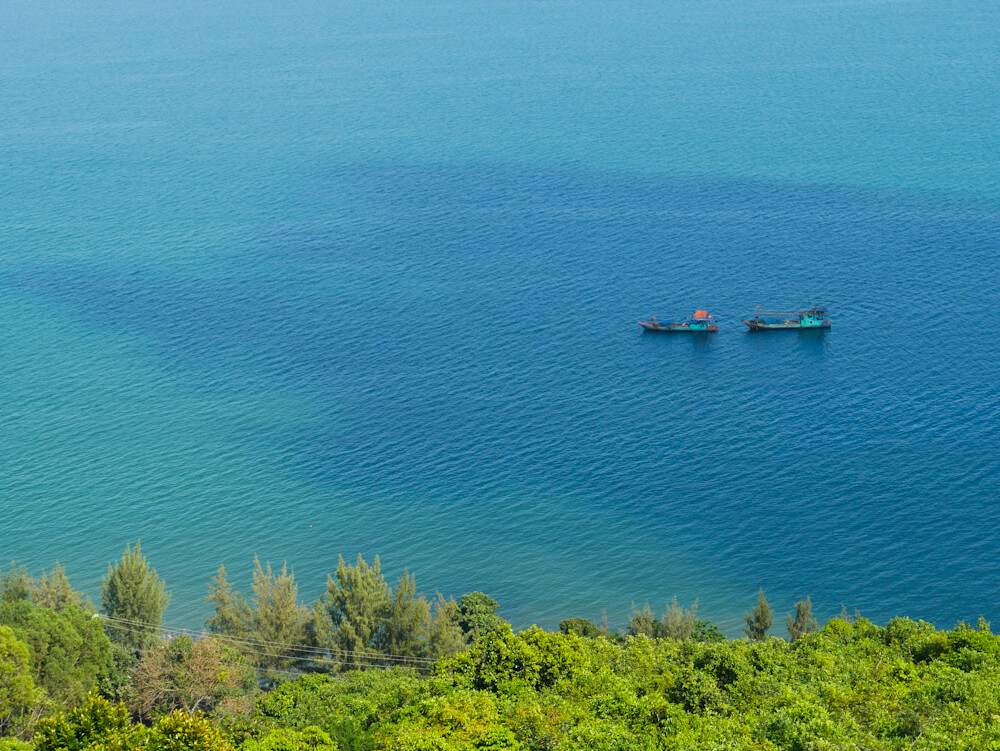On a dramatic day, I cycle to Hue, but first I make a dawn dash for the Laos border to secure a visa. A beautiful back road to Hue is a highlight as I cycle through eerie flood plains into the ancient walled city.
Cycling Dong Ha to Hue
The route from Dong Ha to Hue is one I would love to cycle again, a truly lovely cycling route taking in bucolic, temple-studded countryside that – before the storm closed in –embodied everything I wanted from a Vietnam trip.
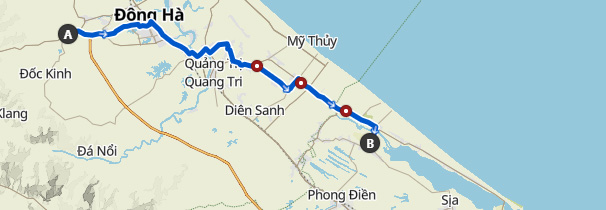
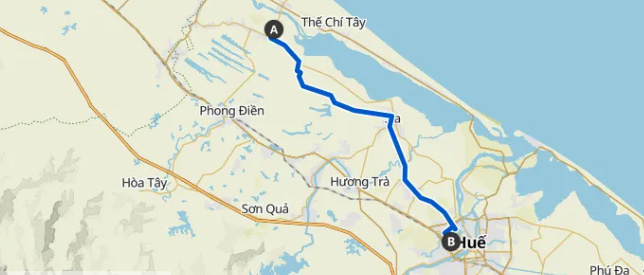
Leaving Cam Lo, my journey takes me me through the pleasant tree-lined and eatery-filled streets of central Dong Ha where I stop for an early lunch before braving an eight-kilometre stretch of Highway 1a.
The Highway is busy but not terrible and it’s not long at all before I reach a turn off onto back roads and immediately find myself immersed in a gentler, more peaceful Vietnam. After the stresses of the morning’s border run I relax into the landscape, which reminds me exactly why I decided to journey this country by bicycle.
My route passes through silent tracts of farmland where not much moves other than a white heron drifting overhead.
After crossing small bridges I briefly follow a tree-lined steam surrounded by a number of impossibly pretty temples. Perhaps this area has some spiritual significance?
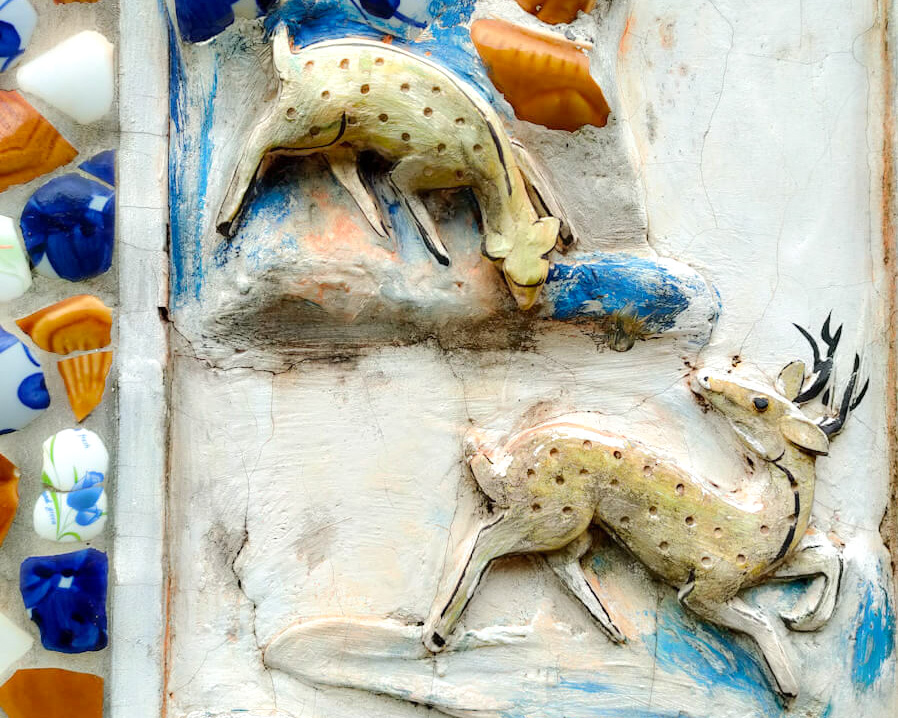
From there I take the Xuan Quy Vinh canal road but as flooding starts to dominate the landscape I switch over on to Highway 49C. In total and utter contrast to Highway 1, this road offers a wonderful cycling experience, flanked with villages and temples on one side, fields and mountains on the other.
On this October day the fields were more akin to lakes however, and decorative archways marking the turn off to villages stand forlornly in water.
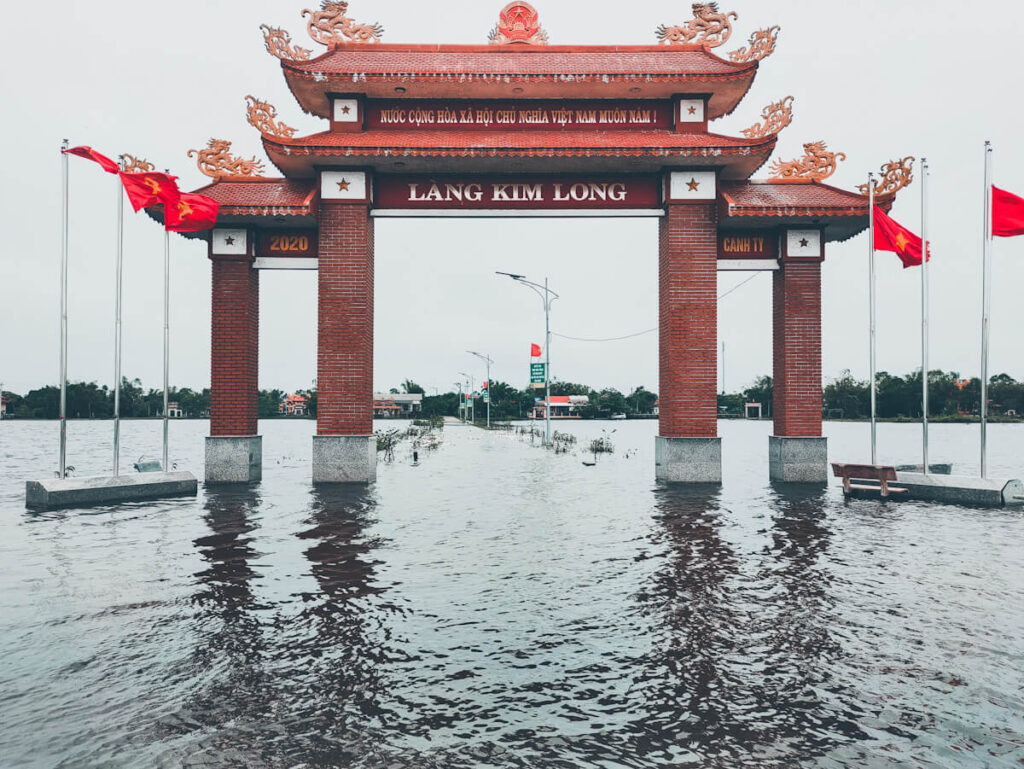
There is barely a soul in sight as I forge south towards Hue – along the deserted highway which – sitting safely raised above the flood plain – resembles a causeway.

Hue is famous for its ornate, antique temples but the temples I pass by along this road are also unexpectedly beautiful. At one such temple, decorated with attractive deep blue tile work, I stop to look at stone pillars and lions forming a stoic defense out across the watery landscape.
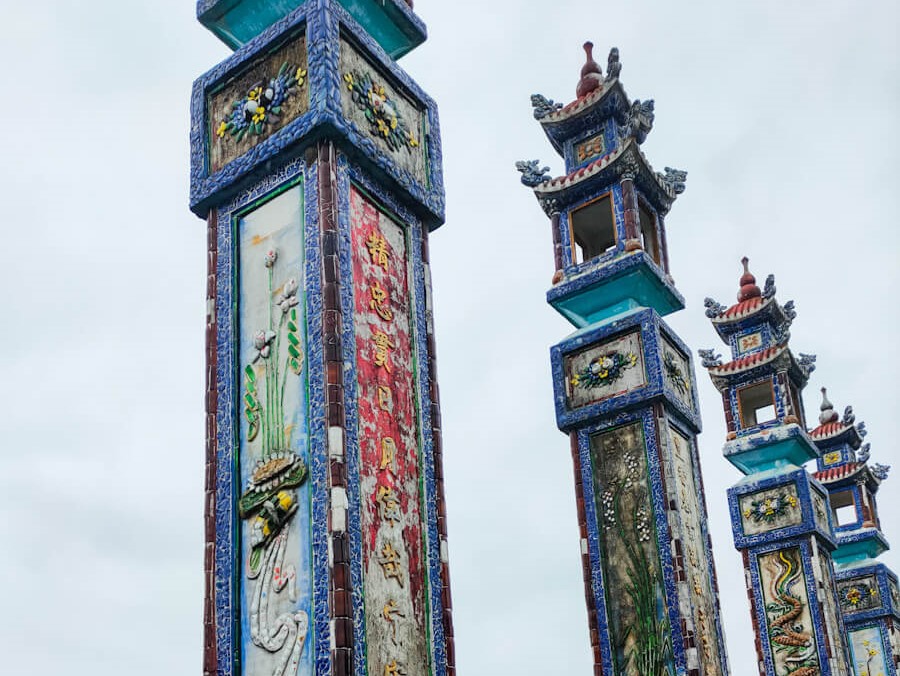
At this point rain the rain drops began to fall, quickly ramping up to become a heavy downpour. The world turns to a mass of white and grey, any visibility leached away.
Approaching the Tam Giang lagoon, I can see flood waters start to slosh over the highway.
Suddenly there doesn’t seem much point in my planned destination, a hotel near the banks of Tam Giang lagoon, where I’d imagined spending a golden balmy evening.
As tempting as it is to seek shelter, the best option now seems to get to Hue and bunker down, and I decide to do just that.
What follows is a blur as I enter a world of pain. Increasingly chilly and sodden I feel like I am cycling on the spot, Hue getting no closer. Having abandoned my carefully planned route I also struggle with a navigation algorithm which constantly tries to push me onto unrideable back roads and doesn’t respond to wet fingers.
After 100 kilometres, and an eternity, I finally pass through an archway into Hue’s ancient walled city.
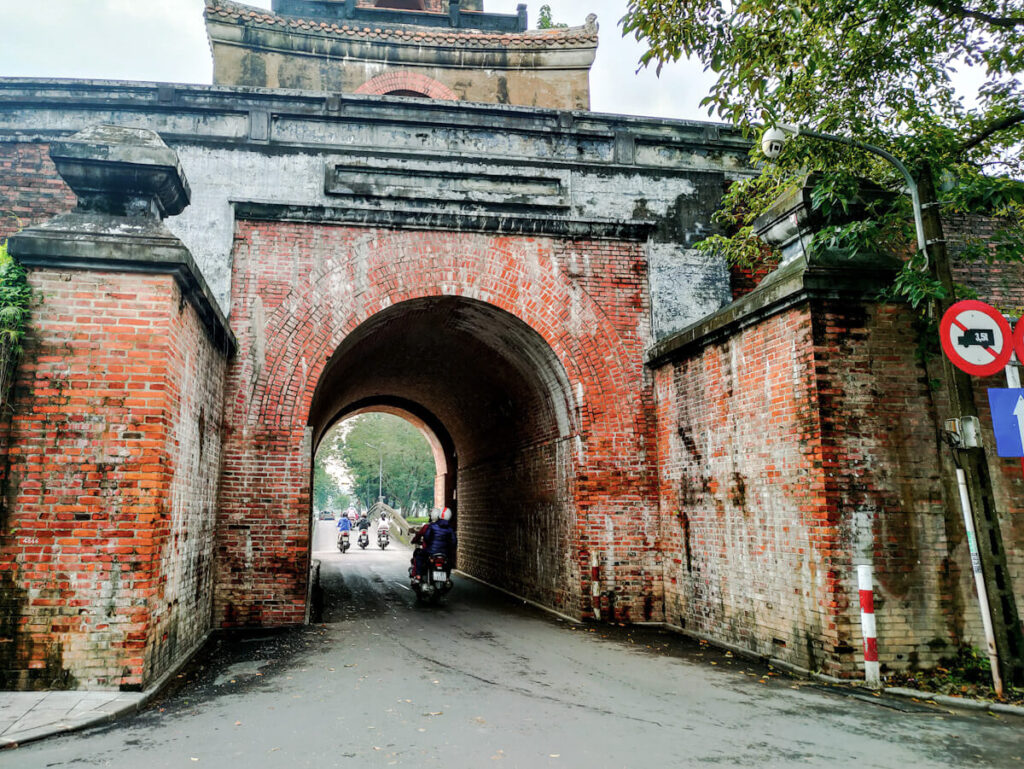
Expecting sanctuary, I was instead met with a surging tide of motorbikes, and a road surface out of nightmares.
Finally, shivering and exhausted, I made it into a genteel café just before darkness, where a very polite waiter ignored the pool of flood water trailing behind me on the floor.
My tea came out in a dainty cup supplemented with an elegant array of garnishes – thin slices of lime and orange, tiny bowls of salt and sugar, even a salted plum. At this moment I was truly in Hue, a city steeped in the history of its imperial cuisine.
I ordered a cup of tea changed into dry clothes and tackled the next hurdle – finding a place to stay.
As luck would have it I found my way to an upscale homestay run by the charismatic Ms Chi. She took one look at me and brought out a steaming mug of hot chocolate – for which I’ll be forever grateful.
It had been a day of epic proportions, and I found it hard to believe that only that morning I had been to Laos and back.
Visa run to Laos via the Lao Bao border
With my visa on its last day, I had put in place careful plans to use the highway township of Cam Lo as a jumping point for a ‘visa run’, which would involve a 70km each-way trip to the border checkpoint town of Lao Bao.
To my relief, the plan went off without a hitch, though that didn’t stop me being annoyed at this hassle, brought on by Vietnam’s strict visa policy which limits tourists to 30 days with no option for an in-country extension.
I’d decided not to attempt this mountainous route by bicycle, opting instead for a local mini-bus which I was told could be hailed from the side of the road from about 6am onwards.
So, bright and early, I checked out of my room at the Aloha Guesthouse, arranged for my bike and luggage to be stored at Reception, and headed to the main drag with not much other than a wad of cash, passport photos, printed Vietnam e-visa, and a jar of peanut butter.
It was only ten minutes before a faded mini-bus came past and – having paid my 80,000 dong ticket, I was whizzing up the highway enjoying the scenery and dunking pieces of fresh baguette into the peanut butter.
To my delight, the scenery was stunning, colours shining in the clear early morning skies, and I regretted not being able to stay longer to take a DMZ tour and learn more about the area’s wartime history.
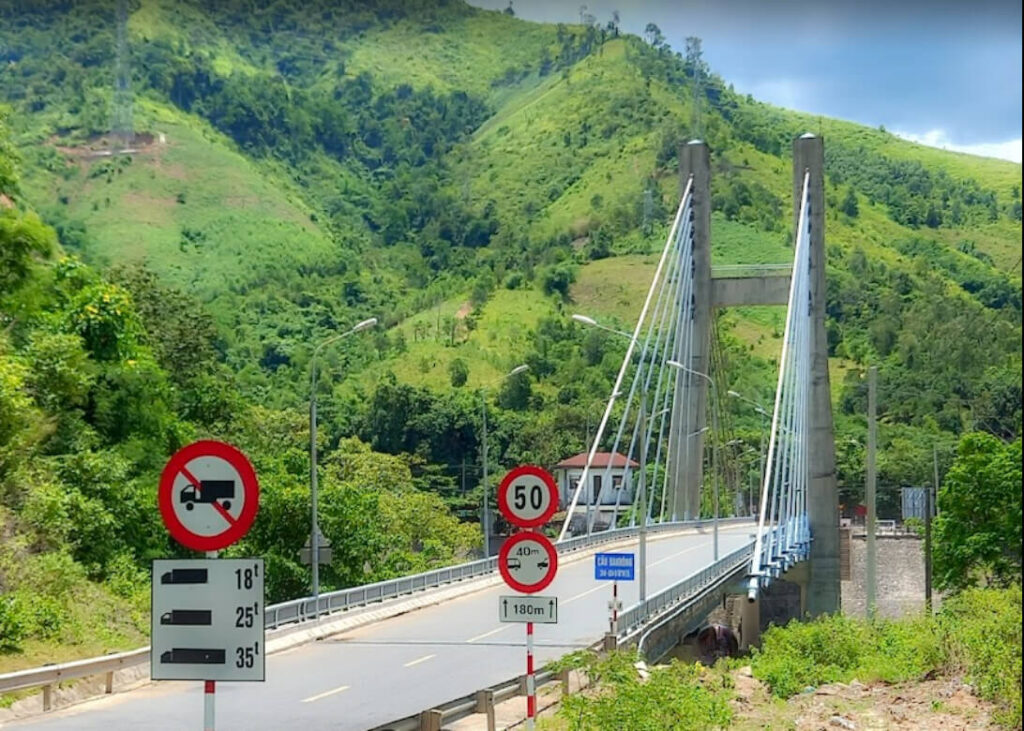
The driver, meanwhile, was trying to set a land speed record. White-knuckled, I held on for dear life as we hurtled around corners, convincing myself everything was fine. Which it was, until with a sickening thump we hit a stray dog, the bus barely slowing its pace.
It took me a while to shake cold knot in the pit of my stomach, even as I understood we were in a remote area where dogs habitually sat on the road (in my bicycle travels I would sometimes encounter 50 of these ‘road dogs’ in a single day).
Formalities on the border went quickly. The minibus took me right up to a cluster of restaurants close to the Vietnamese border checkpoint. From there it was a matter of proceeding by foot a short distance through the Vietnam check point and across no man’s land into the Lao side, wandering about until I found the correct offices for exit stamps.
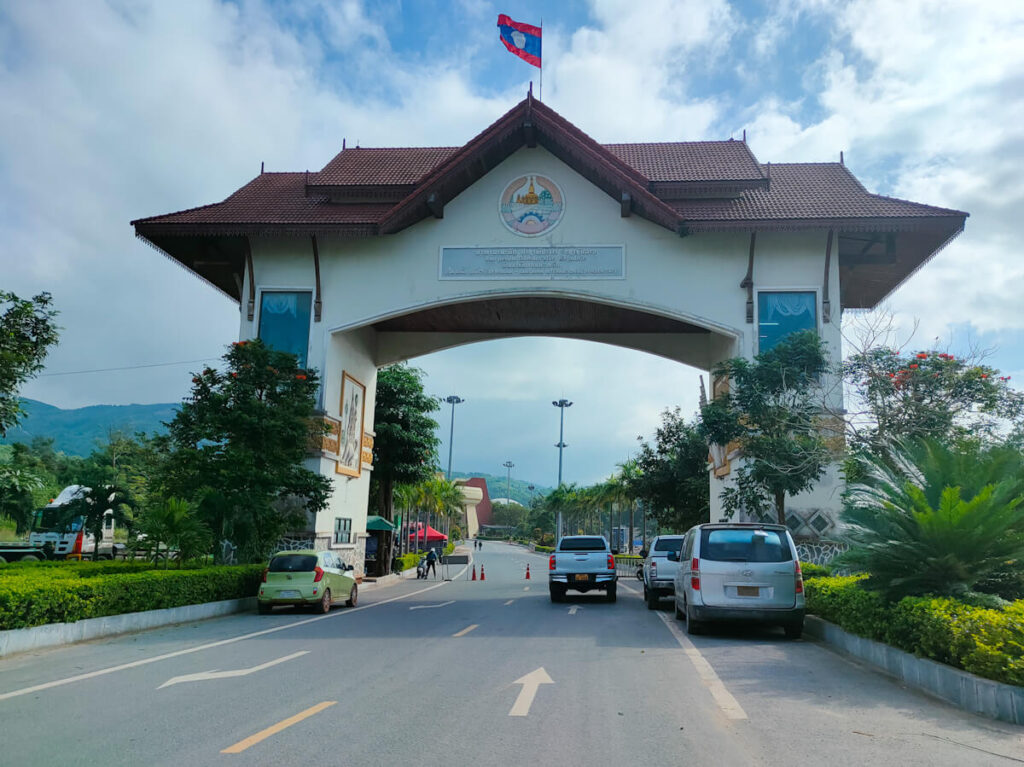
The main drama came when the stern Lao immigration officials refused to accept on of the US $20 dollar bills I had carefully brought from Australia, saying the type of bill was too old. Of course I hadn’t thought to check. This meant I had to withdraw the entire $45USD sum from an ATM, no doubt incurring hideous fees, but still relived to be able to get the job done and on my way.
While the border officials all were completely un-fussed by a foreigner using the border this way, I still felt a little bit dodgy. “I’m a genuine tourist, really!!” I wanted to scream for everyone to hear.
A second, more sedate mini-bus trip had me back in Cam Lo not long after 9.30, hitting the road to Hue not long after.
